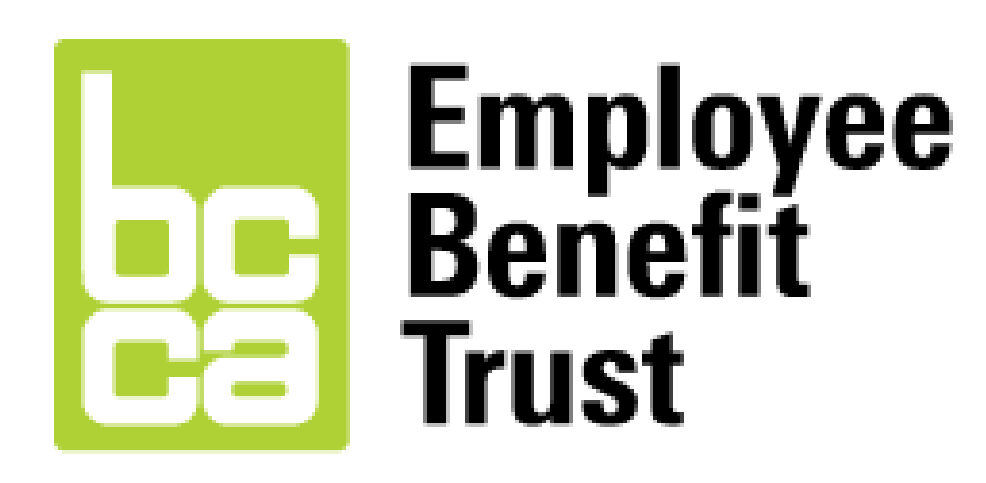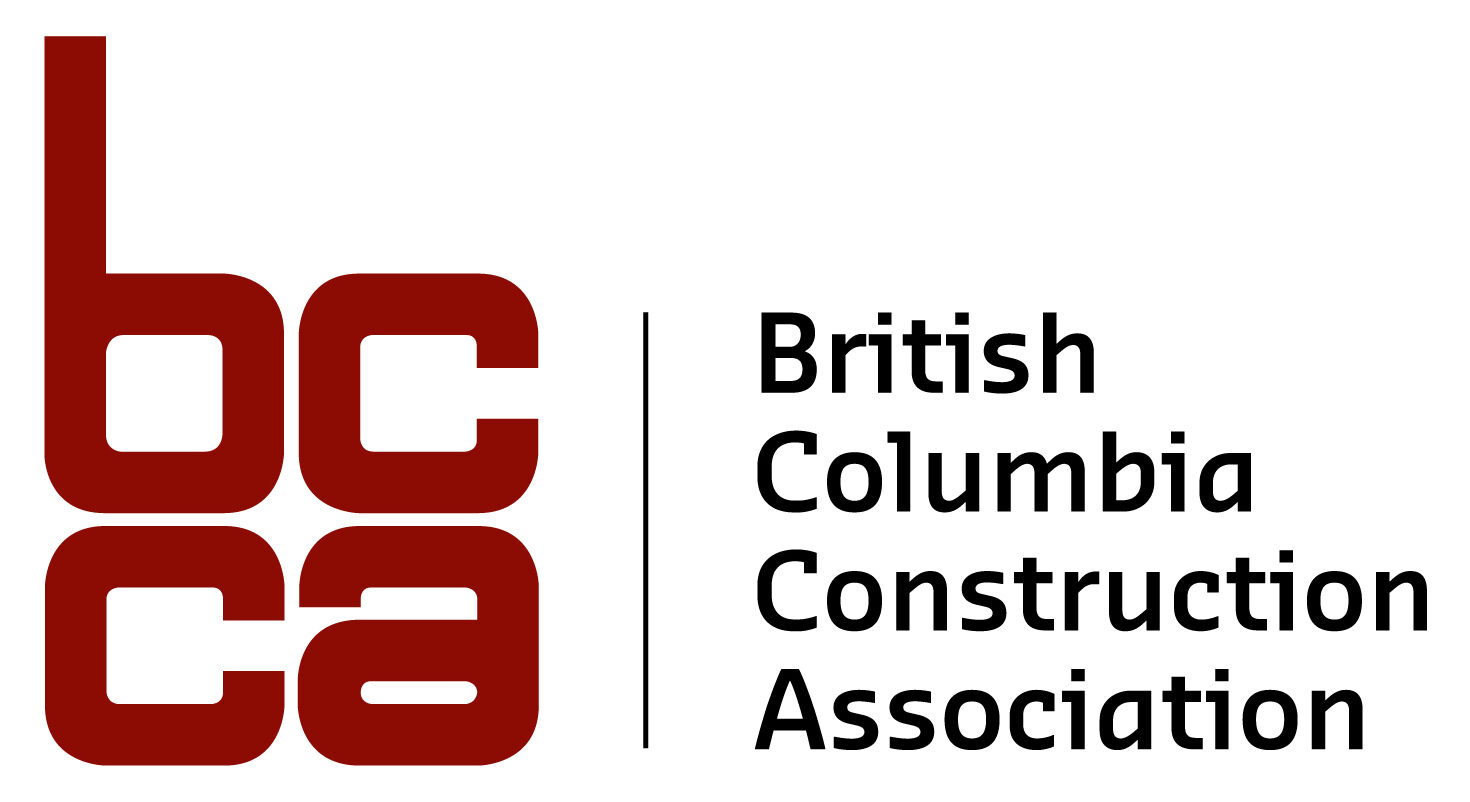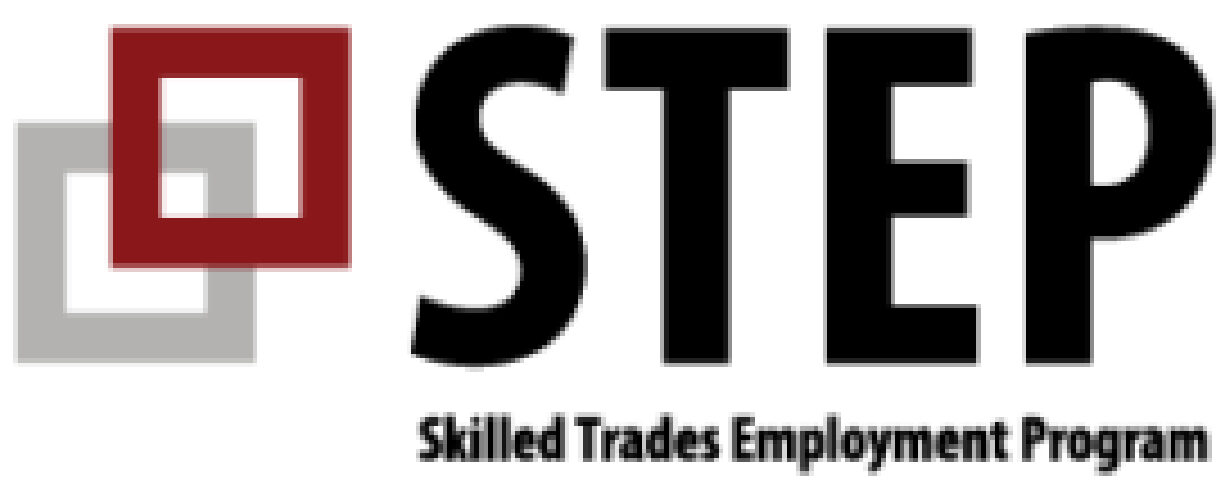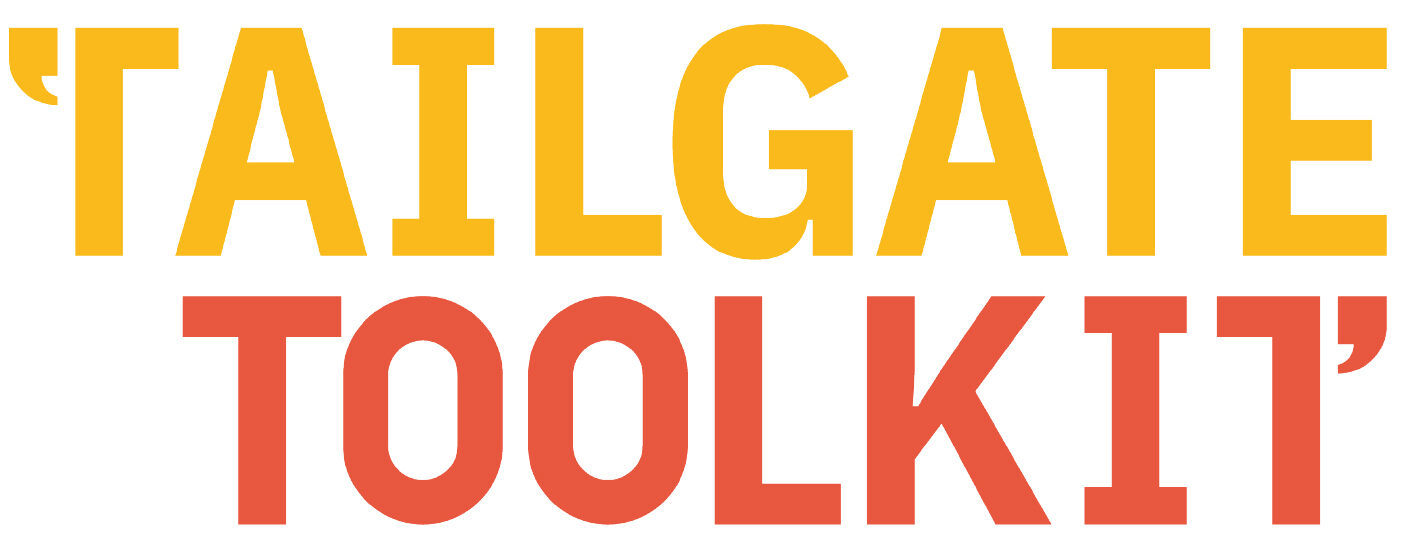Essential Tools & Guides for Construction Professionals
Explore our comprehensive collection of construction industry resources designed to support professionals across all sectors. From valuable guides and industry insights to best practices and regulatory updates, this page offers everything you need to stay informed and thrive in the ever-evolving construction landscape. Stay ahead with the latest trends and solutions that drive growth and innovation in construction.
VRCA Partner Resources
Canadian Construction Documents Committee (CCDC)
The Canadian Construction Documents Committee (CCDC) creates, produces, and reviews standard construction contracts, forms, and guides. Established in 1974, it is a national joint committee with diverse representation from across Canada’s construction industry.
WebsiteCanadian Construction Association (CCA) Documents
The Canadian Construction Association (CCA), representing 18,000 member firms across 57 partner associations, advocates for Canada’s construction industry while promoting best practices, standard contracts, and valuable resources for members’ success.
WebsiteBCCA – Employee Benefit Trust
For 55 years, BCCA-EBT has been building solutions to recruit, retain, and protect employees, securing their health and wellness with industry-driven strategies designed by the industry, for the industry.
WebsiteBCCA – Integrating Newcomers (BCCA-IN)
A government-funded, free, nationwide employment coaching service for skilled immigrants looking to transition careers to the construction industry in Canada—before moving here.
WebsiteBidCentral
Access thousands of project opportunities with BidCentral. Use advanced search tools, opportunity matching, and automated notifications to stay updated on pre-bid, public, permits, and private projects, ensuring you never miss a bid.
WebsiteBuilding Builders
Become a mentor to motivated job-seekers and gain access to free training and wage subsidies, supporting Mentee work experiences and contributing to the growth of your company.
WebsiteBuilders Code
BuildForce Canada is a national, industry-led organization that supports the construction sector with valuable resources and information to help manage workforce needs and address future labour demands.
WebsiteBuildForce Canada
BuildForce Canada is a national, industry-led organization dedicated to providing the construction industry with valuable information and resources to effectively manage workforce requirements and meet future workforce demands.
WebsiteSkilled Trades Employment Program
Managed by the BC Construction Association, STEP is dedicated to promoting equity, diversity, and inclusion within the skilled trades, creating a more inclusive and accessible workforce for all.
WebsiteTailgate Toolkit
The Tailgate Toolkit Team has representatives in three regional construction offices across BC, providing region-specific resources on mental health services, overdose prevention, chronic pain support, and more in our guides.
WebsiteTalentCentral
The central hub for construction jobs in BC connects workers with opportunities, offering a comprehensive platform for employment, resources, and career advancement within the construction industry.
WebsiteContact Our Workforce Development Team
Explore our training programs, industry certifications, and customized education solutions designed to enhance skills, boost career growth, and meet the unique needs of professionals and organizations.
Contact Us











